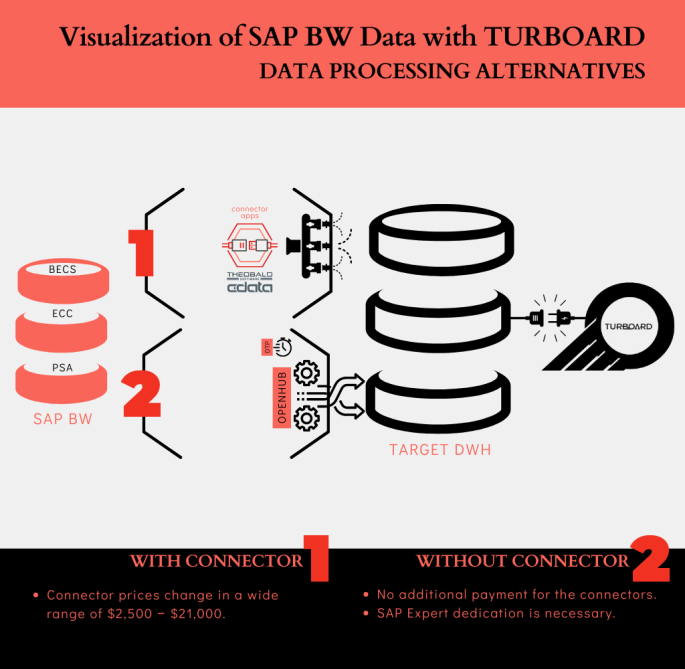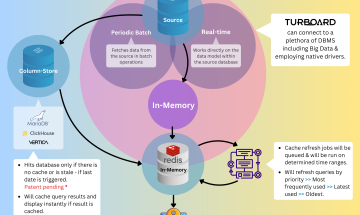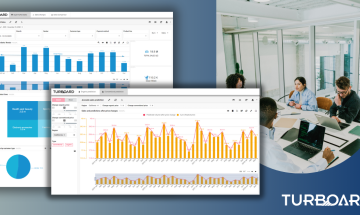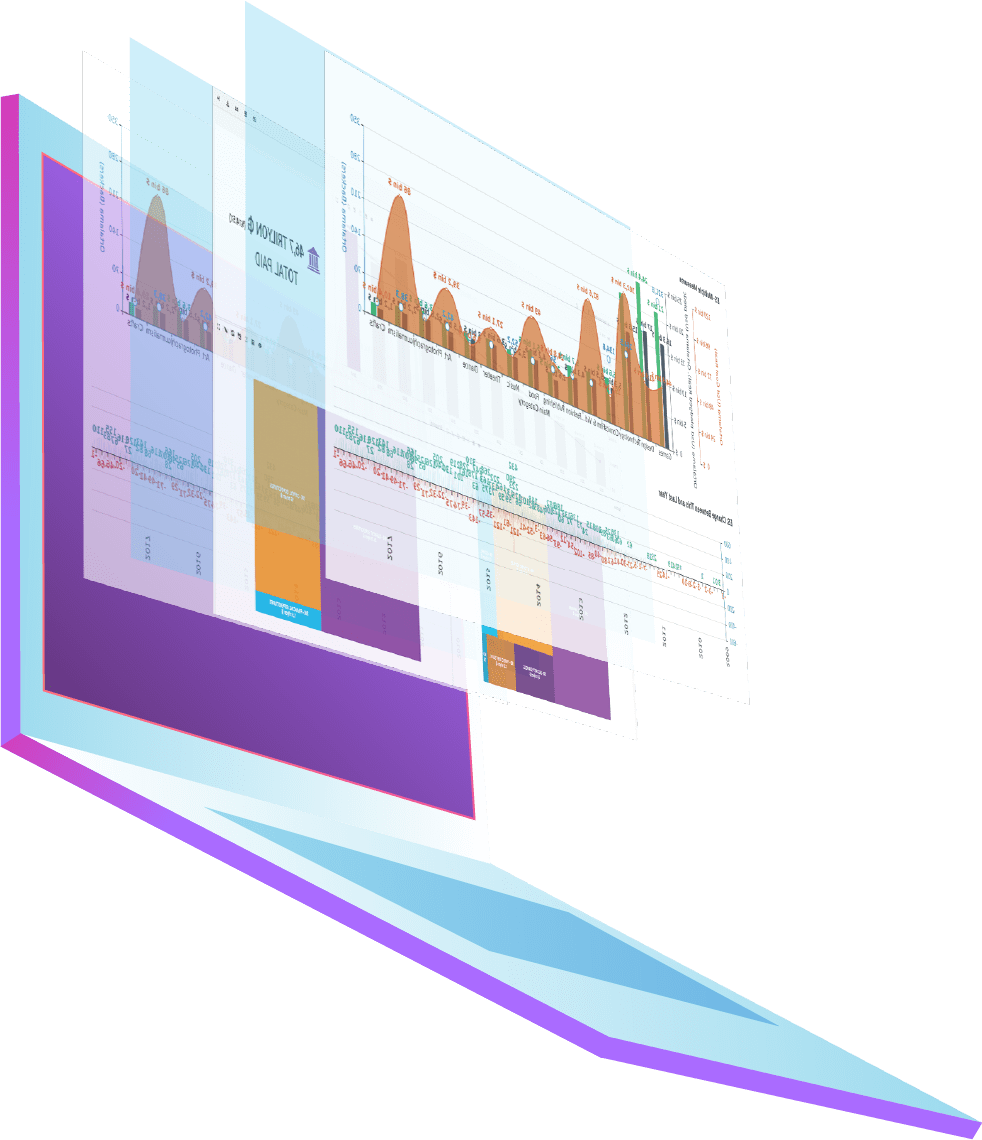
Many businesses opt for SAP HANA to collect and integrate their data. When it comes to analyzing and visualizing this data using an external BI tool, these tools often offer direct connectivity to SAP HANA data, and TURBOARD is no exception.
On the other hand, some businesses have their data collected and integrated within SAP BW (SAP Business Warehouse) and encounter challenges when trying to connect and access their SAP data from their preferred analytics tools for effective data analysis.
The reason behind this lies in the design of SAP BW, which emphasizes data transformation and harmonization to create a unified data model for reporting and analytics. This process involves converting and consolidating data from various sources into a standardized format within SAP BW. However, this standardized format may not align with the specific data requirements of external BI tools, which often have their own unique data structures.
To address this gap, specialized drivers or connectors from third-party providers are utilized by these BI tools to bridge the formatting differences between SAP BW's data and the requirements of the external tools.
So, why should you consider visualizing SAP BW data with TURBOARD?
While SAP BW offers some data reporting and analytics features, businesses may prefer using external BI tools like TURBOARD due to their user-friendly interfaces and robust visualization and advanced analytics capabilities. By leveraging TURBOARD's features, businesses can unlock the full potential of their SAP BW data and gain valuable insights to drive informed decisions.
To visualize data with TURBOARD in SAP BW, you have two methods to choose from: you can either use a driver/connector to retrieve data from SAP BW OR opt for transferring data periodically using SAP's Own Tools without a driver/connector.
Let's explore both alternatives in more details:
1. Using a Driver/Connector to Retrieve Data from SAP:
To access SAP data, you can establish a connection with third-party tools that can be used for integrating with various data sources, including SAP systems.
These connectors are designed to provide support for different data formats and protocols, allowing businesses to access and analyze data from diverse sources using standard SQL or other familiar query languages.
However, these connectors may come with higher costs, ranging from a few thousand dollars to more substantial amounts. Additionally, direct access to live data might not be possible, requiring data to be written to another database table for visualization purposes. Furthermore, while some connectors are compatible with various SAP solutions, not all of them can connect directly to SAP BW.
2. Transferring Data Periodically using SAP's Own Tools without a Driver/Connector:
This method requires a SAP expert to perform the following steps:
- For data residing in ECC, each field has a dedicated table, which can be transferred using OpenHub.
- In the case of BW systems, the data is sourced from various places, including BECS (user login screen data), ECC (live SAP data system), PSA (temporary data tables), and OpenHub (a database connection).
- Data transformations and routines are written to convert the data into the desired format, and the BW area is linked to the OpenHub area.
- The data is transferred to the relevant server's database via the data transfer process (DTP) using OpenHub.
- The entire process is configured as a job within a chain, with periodic intervals specified to prevent system overload.
- The timing and structure of the chain are determined based on the existing data structure and size.
- TURBOARD is used to connect to the server and access the data. However, this process can only be executed in development screens as live SAP systems are not accessible. Once finalized, it is moved to the live environment.
- It's crucial to note that direct access to live data within BW is not feasible. In essence, data is extracted from SAP and then transferred to an external target database for visualization purposes.
While live data access in SAP BW is not achievable, this approach provides a cost-effective solution for converting and visualizing SAP data in external databases. By leveraging SAP's native tools, businesses can avoid the expense of using a separate connector, making it a practical and budget-friendly near-live data integration and visualization option.
Merak Ediyor musunuz?







